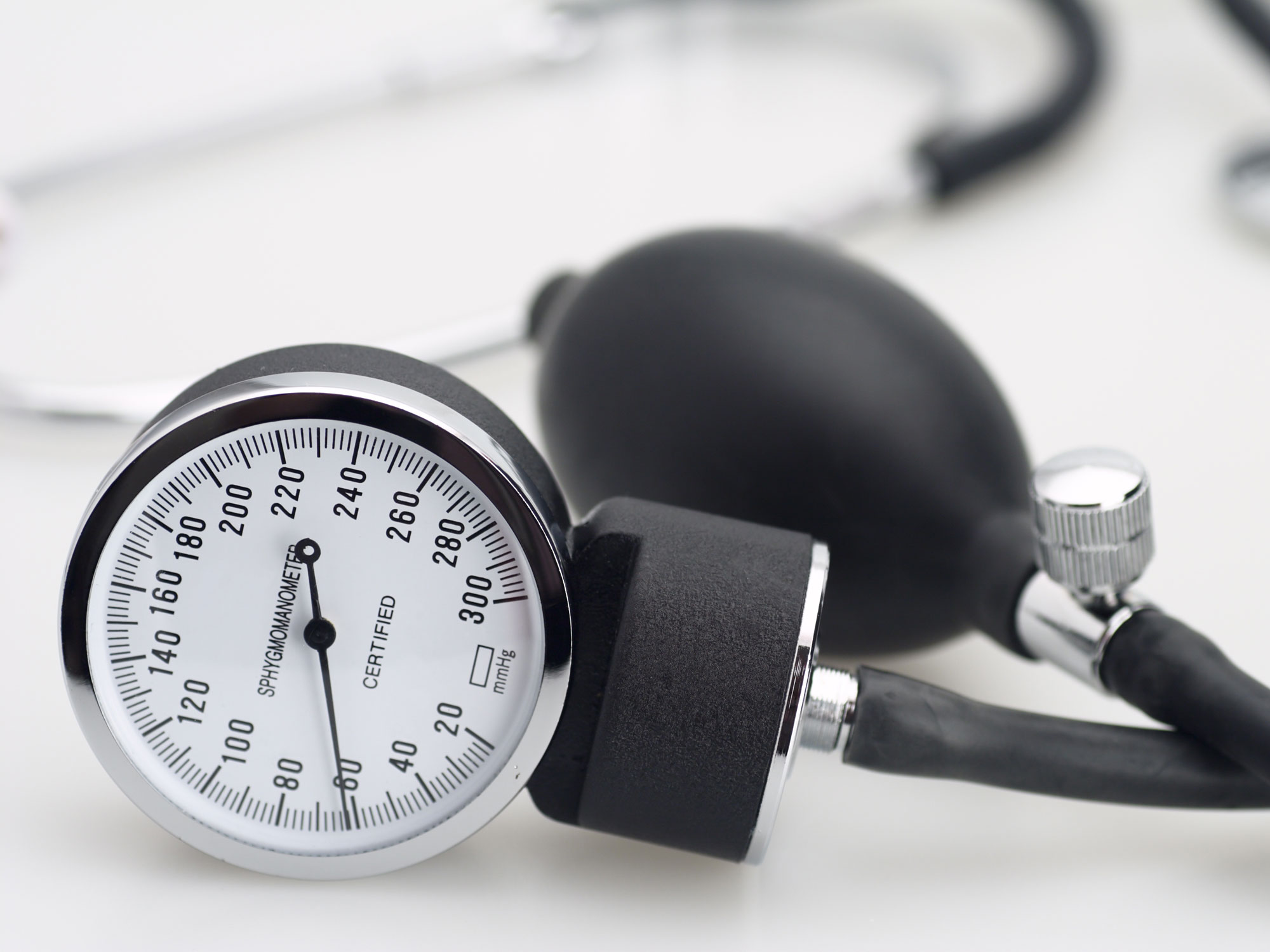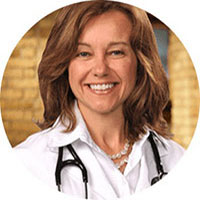Get Easy Health Digest™ in your inbox and don’t miss a thing when you subscribe today. Plus, get the free bonus report, Mother Nature’s Tips, Tricks and Remedies for Cholesterol, Blood Pressure & Blood Sugar as my way of saying welcome to the community!
The best home blood pressure monitor

High blood pressure affects 1 out of 3 adults in the United States. And one of the cornerstones of management is checking blood pressure readings outside of the doctor’s office.
That’s because a reading obtained during a medical visit may not be reflective of day to day blood pressure control. After all, most patients don’t spend all of their time in a doctor’s office. They spend it in their homes or at their workplace.
So, getting a sense of what’s happening to blood pressure “in the real world” can have a significant impact on the amount and doses of medications prescribed to control the readings.
Which is why whenever I see a patient with high blood pressure or borderline blood pressure readings, I advise them to get their own blood pressure cuff and start keeping track of their numbers at home.
At that point, the questions start…
Is an arm or wrist monitor best?
The most common question I get asked is if the patient should get a wrist or arm monitor.
The wrist monitor has several advantages — namely, it’s smaller, easier to put on, and generally more comfortable when taking the reading.
However, a new study suggests it may not be reflective of the numbers obtained in the arm — which is what all the treatment guidelines are based upon.
Turns out, based upon simultaneous direct sampling, blood pressure readings in the wrist are similar to those in the arm only 43% of the time. In fact, much of the time, the readings at the wrist are significantly higher.
So, if possible, opt for the arm blood pressure cuff as it’s more likely to provide you with the best data. There are many good manufacturers of monitors out there, but my favorite brand is OMRON*. I’ve found that their monitors tend to be the most consistent in terms of reading accuracy and that they are generally reasonably priced and easy to use.
Regardless of whether you are using a wrist or arm cuff now, make sure you have your home monitor checked against office readings. That’s easy to do if you haven’t done this already — just bring your cuff in with you to your next doctor’s appointment and ask the nurse to check your blood pressure with your cuff and with the office cuff. After all, if your home data is going to be used to monitor blood pressure control, you want to be sure that data is solid.
And always remember you can impact your readings and reduce your need for prescription medications by making small adjustments to your diet. Reducing your sodium intake to below 2300 mg/day and increasing your intake of fruits and vegetables can yield blood pressure lowering effects similar to that of a drug.
Did you know that nearly all Step One Foods are sodium-free? It’s one of the reasons customers have reported better blood pressure readings when using our foods.
*I have no financial relationships with any manufacturer of blood pressure monitors.













